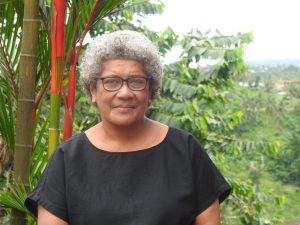- SIWI – Leading expert in water governance
- /
- Latest
- /
- The wind is blowing for water
The wind is blowing for water
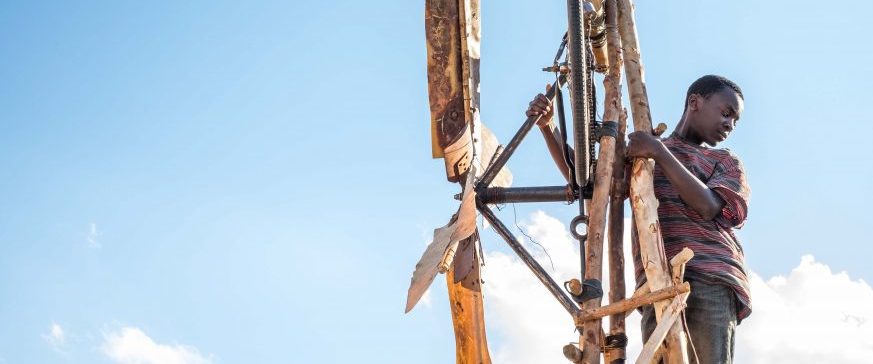
The recently released movie “The Boy Who Harnessed the Wind” has many important lessons to tell us about the need for innovation and small-scale, supplementary irrigation solutions to increase food security, and potentially improve nutrition, in Africa and elsewhere, writes Professor Jan Lundqvist in this blog post.
The movie “The Boy Who Harnessed the Wind”, available on Netflix, is the highly acclaimed directorial debut of award-winning British-Nigerian actor Chiwetel Ejiofor. It is also an excellent illustration of the vital difference that local initiatives and simple technologies can make for water, food and livelihood security.
Based on the autobiographic bestseller with the same name by William Kamkwamba, the movie features a young boy, William, in a rural setting in Malawi. His father Trywell can’t afford to pay the school fees after the crops fail due to lack of rains.

With a curious and entrepreneurial attitude, William still manages to sneak into the school library and figures out how to build a simple windmill from scrap material and the frame of his father’s bicycle. After a struggle between the generations – father and son – the bike has to be sacrificed to build a solid structure on which the propeller is fixed at the top of the 25 – 30 feet high wooden sticks.
With the help of the energy from the wind, small volumes of precious water are lifted from shallow groundwater and conveyed to nearby fields through a rubber/plastic pipe with a diameter of a couple of centimetres. The blowing wind and the greening of drooping plants in a parched landscape naturally generate big smiles on the faces of the villagers.
The movie provides lots of food for thought. For an African audience, it is mindboggling to watch a young boy who manages to introduce such a change and that his father lets him demolish his bicycle, albeit after a series of rows. But it is easy to comprehend that living conditions are at the mercy of access to water. When the rains fail and the soils are desiccated, leaving the farmers high and dry even at the beginning of the season, a potential for change is below the surface. The movie highlights the vital importance of small amounts of water to supplement highly erratic rainfall and that can be controlled and distributed by the farmers to wilting crops, in selected fields, perhaps at night, etc.

The movie provides a contrasting image to a conventional view of irrigation as energy- and water-guzzling large-scale and capital-intensive systems, designed to produce selected crops for exports. Such ventures tend to deprive households, industry and the environment of the water that is available in rivers, lakes and aquifers.
The detrimental effects for downstream users depend on type and scale of irrigation/water management, land-use and soil conservation. There is not just one type of irrigation with one kind of impact. The small-scale arrangement for lifting water shown in the movie is at par with rain water harvesting arrangements in terms of the modification of the water balance in catchments. The good thing is that these arrangements may be combined.
Like the movie, the blog could have ended here.
But another timely and pertinent question is: how and for what is the precious water best used? This is not discussed in the movie. Presumably, most farmers go for traditional varieties of maize, the by far most common crop in this and other parts of Africa. For good reasons, farmers are risk averse and often stick to what they are accustomed to, even if circumstances change. They are familiar with the cultivation of maize, the cobs are easy to store till the next season, and families have the utensils for the preparation of meals, etc. In that sense, the additional water gives a good return per drop of additional water.
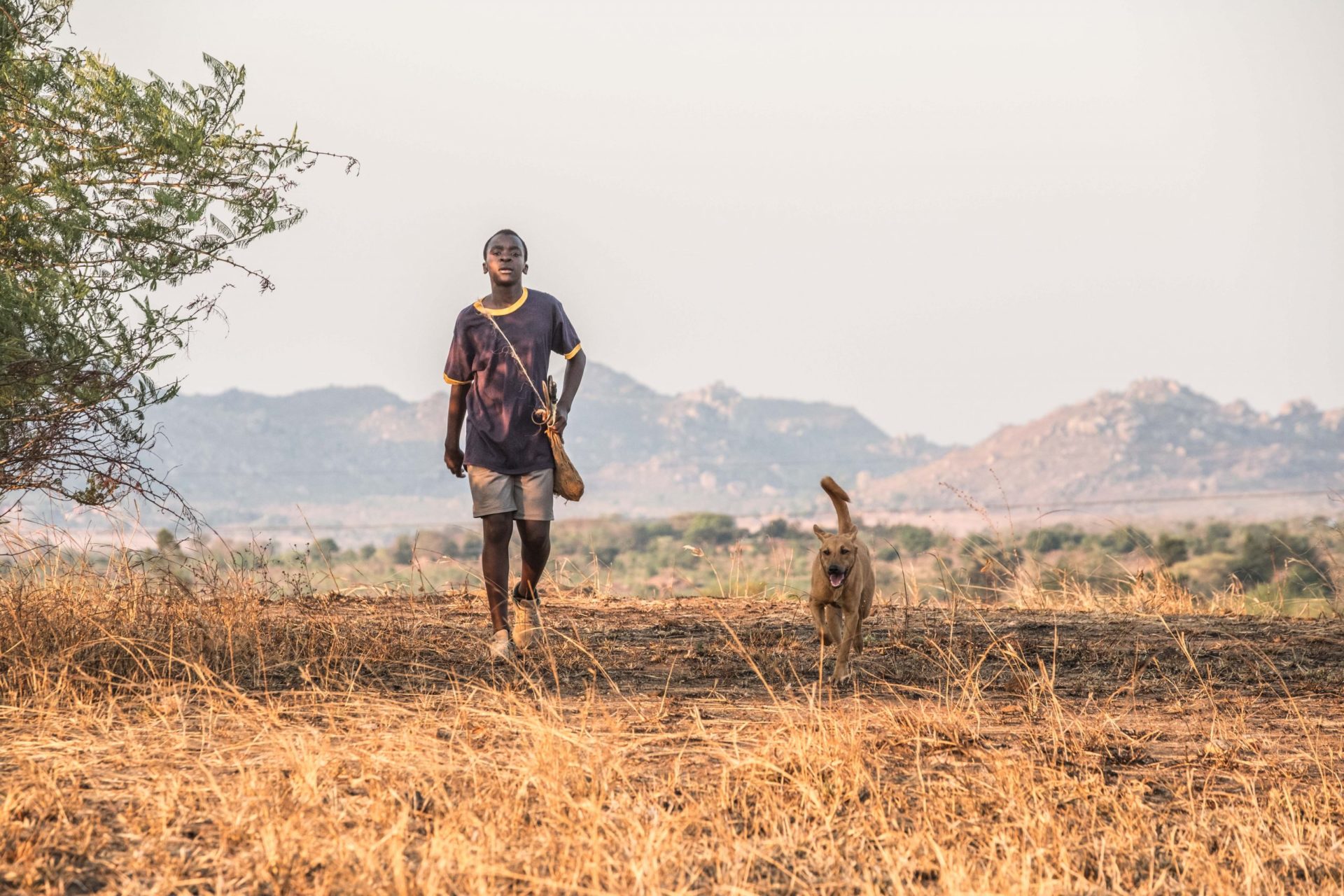
For dubious reasons, farmers are often also opportunity averse, like Trywell, who initially dismissed the brave idea of William and who seemed to stick to maize. But in terms of nutritional contents and with the need for cash – to pay school fees or to buy a bicycle and other goods – allocating additional water to maize is not a smart choice. Different kinds of malnutrition are a huge challenge in all parts of the world, among the poor as well as among the rich. Currently an estimated 830 million people lack access to food, particularly in areas of conflict. As a comparison, the World Health Organization, WHO, estimates that over 2,000 million people are affected by micro-nutrient deficiencies (essential vitamins and minerals), i.e., more than twice the number of people who are suffering from too little food.
Unbalanced diets based on a few crops with low nutrition density, together with unhealthy food habits, are a new and added dimension to what has been described as “the perfect storm”: a dire combination of rapid demographic trends, food shortages, global warming, water predicaments and insufficient energy resources. Harvesting the benign wind for enhanced water and nutrition security is a non-fossil option to reduce the dramatic perils of the perfect storm. If there is a lull, the sun that is often a curse, provides another non-fossil source of energy.
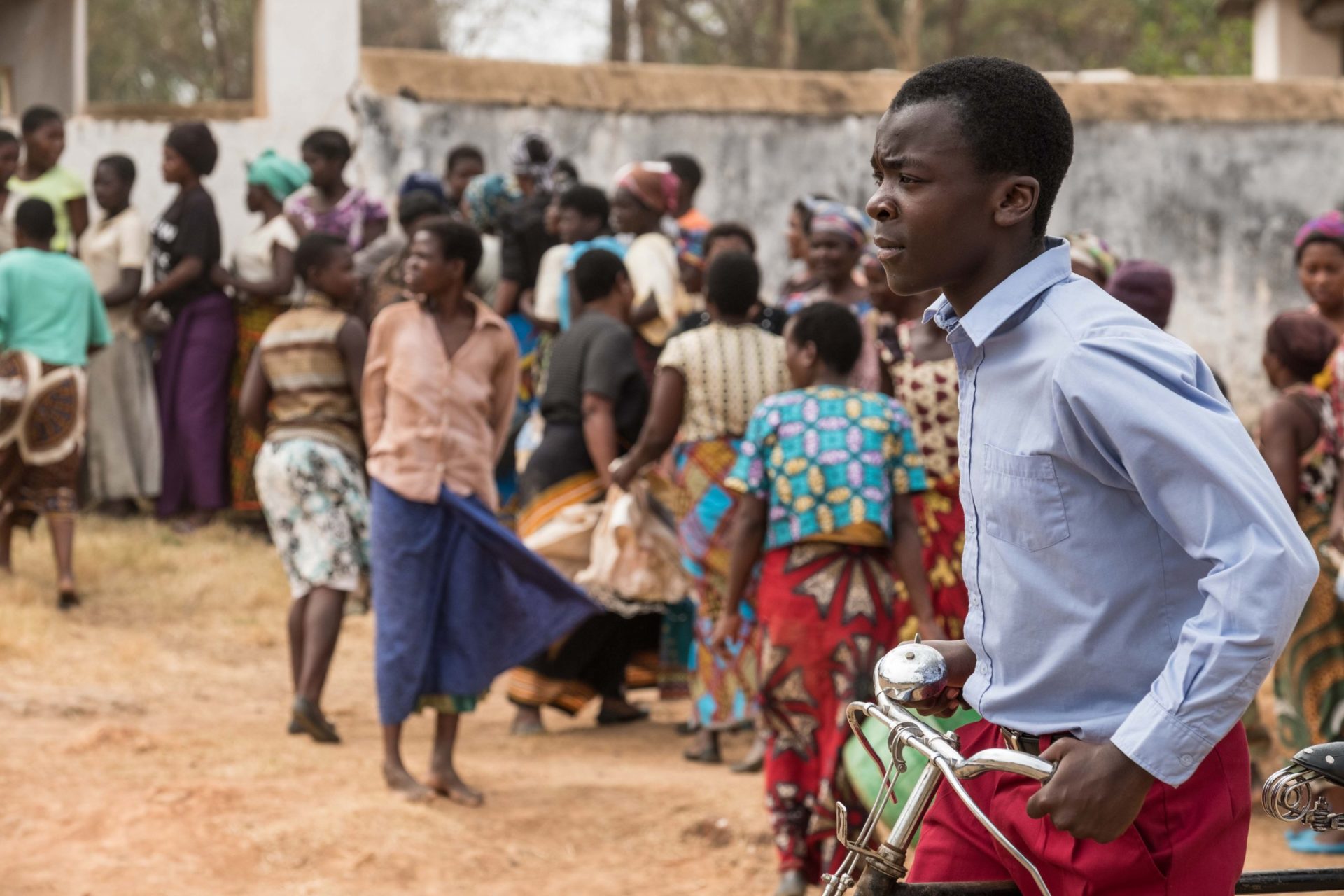
Apart from the urgent need to ensure a high nutritional productivity of water, i.e., not only more crop per drop, socio-economic aspects for a diversification of agriculture are compelling. Young people in Africa and elsewhere turn their backs to agriculture for various reasons. At the same time, urban centres expand, and a growing number of people need and demand more food. Changes in society on the demand side provide opportunities for farmers to sell more. But not “more of the same”. The taste for different/new crops, including biofortified varieties of maize and other crops, is on the increase and many of these crops, vegetables and fruits can and should be produced domestically.
There is a scope for a sequel about the transformation of the use of water and land, in Africa and elsewhere: for a worthwhile use of precious water, for improved livelihoods, for better nutrition, for a utilization of connections between rural and expanding urban centers. The world needs more Williams; boys, girls, females and males.
Most recent

SIWI Amman and UNICEF host Libya representatives for WASH exposure visit
- Water, Sanitation and Hygiene (WASH)
- Water governance

Water and land: Partners in climate mitigation
- Water in landscapes
- Wetlands
- Water governance

What is the role of water in rural and urban school facilities?
- Water, Sanitation and Hygiene (WASH)
- Water in landscapes
- Water governance
- Gender and water

Taking root: locally driven forest landscape restoration
- Water in landscapes
- Wetlands
- Groundwater
- Resilience through water

Caring for our ocean from source to sea
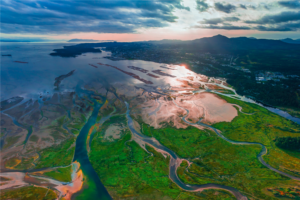
Join us for Source-to-Sea synergies at the Ocean Decade Conference

There is no resilience in Europe without a water-resilient Europe
